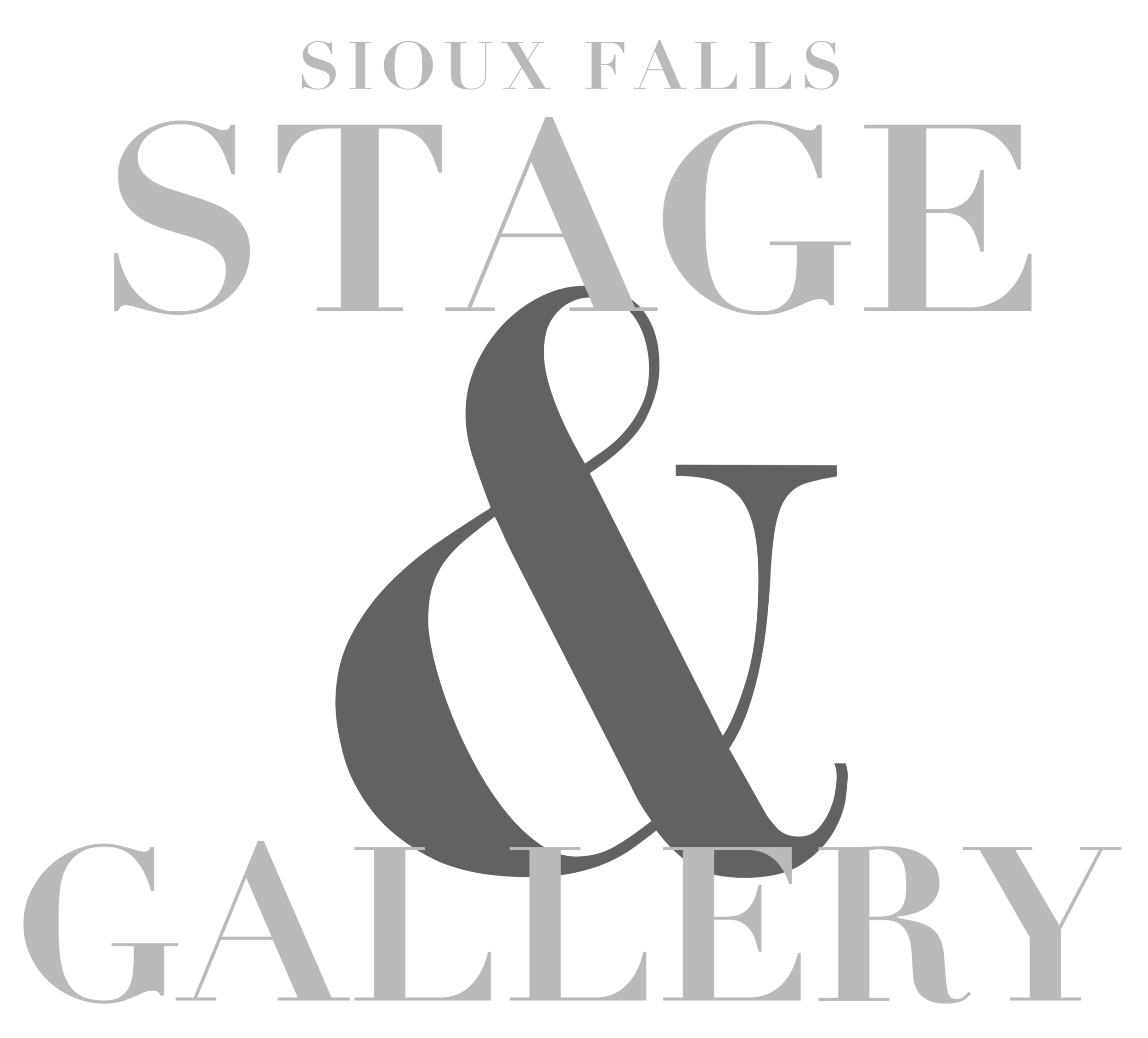Artist on the Rise: Treigh Falcon
The practice of letting your hands lead you to the almost destined conclusion is at the heart of many an artist’s practice, and recent Augustana University graduate Treigh Falcon is all about the experimental nature of being an artist.
“Ceramic Wall Hangings” by Treigh Falcon (2020) (Submitted Photo)
“It’s kind of an experiment-driven process—it sometimes plays out to be that,” Falcon said. “I feel like, in life, everything is kind of a big experiment unless it’s guaranteed.”
The Pierre, S.D. native has made a habit of creating art from his surroundings. Growing up, he focused primarily on music, but his influences and inspirations soon led him to make visual arts a more immediate dedication.
“What kind of drives my artwork is being an individualist—standing alone with my idea, even if I am by myself,” Falcon said. “I think it’s kind of a conviction, too. To follow through with your vision.
“Growing up in a small town, it’s so quiet. But the world is so loud. And once you get out there, you really start to hear it.”
When creating, the young artist finds himself most drawn to painting and ceramics, the latter of which was recently featured as part of the Augustana Student Invitational exhibition at the Washington Pavilion.
“Painting, for me, is almost just this release of inner thoughts and concepts and shape,” Falcon said, “while ceramic is more three-dimensional, so it doesn’t give into the illusion—you don’t get sucked into an alternate dimension like a painting can do to you.”
But it’s about more than simply setting to work—the process takes a willingness to let go and give into the influences in your midst.
“It starts with a color. I lay it down, and then it’s all about reacting to what’s in front of you,” Falcon said, “versus what your mind subconsciously tells you to do. It’s not always a thought-driven process.”
And everything continues to come back to environment, wherein Falcon prefers a solitary surrounding for creating.
“I’m a night owl, so I would probably prefer working past midnight if I could,” he said. “Being by myself in the studio helps—I enjoy playing a little bit of hyperpop. Just random noises can help me really get into the art, being lost in the music.”
And the end product? Well, it occasionally veers into territory that Falcon would call “attention-grabbing.”
“One of my professors once described my work as, ‘It’s almost like it’s begging you to look at it,’” he said. “It was a nice compliment, but it’s not necessarily my goal. I want to make eye-capturing work—whether people want to give it attention is totally up to them.
“I can’t make people engage with my art. It’s the art that makes people engage with it.”
The visual style largely lies in the question marks that Falcon keeps at the core of his craft—that level of curiosity that drives every move he makes when creating.
“It has a level of curiosity—a level of play,” he said. “A lot of artists at Augustana are particularly still-life painters, and I create these abstract dimensions. That’s where my pursuits lie.”
Falcon counts Jean-Michel Basquiat and Frida Kahlo amongst his biggest inspirations in the art world, the former for his enthralling use of color in abstraction and the latter for her iconic place in the hearts of Mexican-American artists.
As the newly post-graduate artist ventures onto the next chapter, which may include a Master’s degree and a studio space beyond the storage room of his residence, one thing is for certain—the desire to experiment will never go away.
“I want to start developing my art a bit more, pushing it further,” he said. “To carve out more time in my life to take on bigger projects.
“To be consumed by it.”


